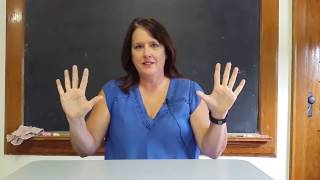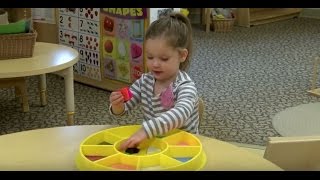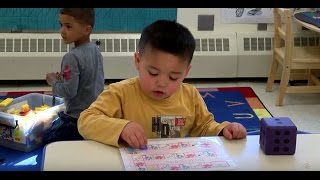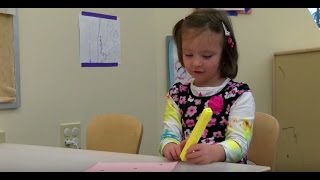Mathematical Development in Young Children – Abstract Counting
Dr. Sudha Swaminathan describes the importance of providing children ample opportunities to manipulate tangible objects while developing counting skills. This foundational understanding eventually leads to their ability to engage in abstract counting. This video is part of a series describing children’s early mathematical development and showing how professionals can support this development during play, in daily routines, and through explicit teaching.
See supporting materials and related videos at http://www.easternct.edu/cece/elds-math-geometry/.
Copyright 2016 by the Connecticut Office of Early Childhood. Produced by the Center for Early Childhood Education at Eastern Connecticut State University. This video may only be used for educational purposes.
Read Transcript
Help teachers and children
worldwide by sharing how
you teach.
A global movement of people sharing knowledge and learning from each other, to better educate our children and create hope for the world.
A global movement of people sharing knowledge and learning from each other, to better educate our children and create hope for the world.






